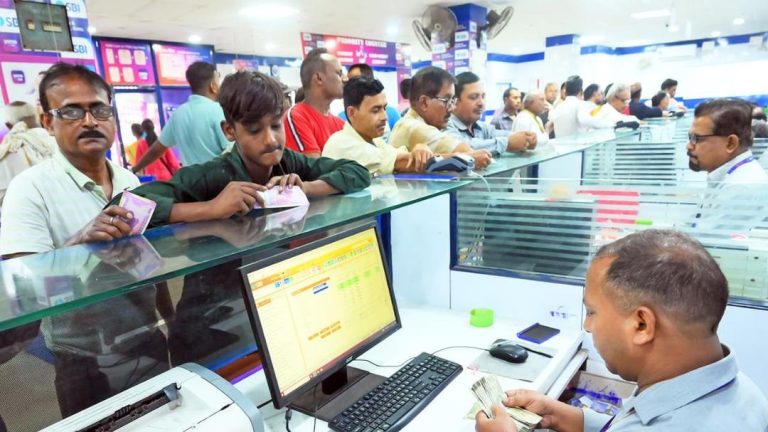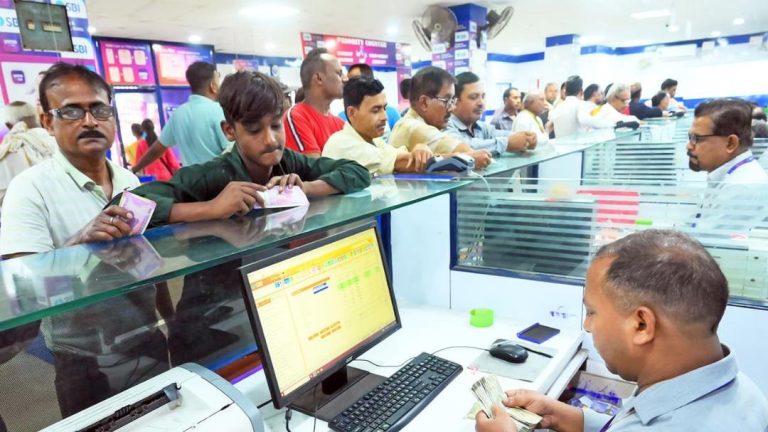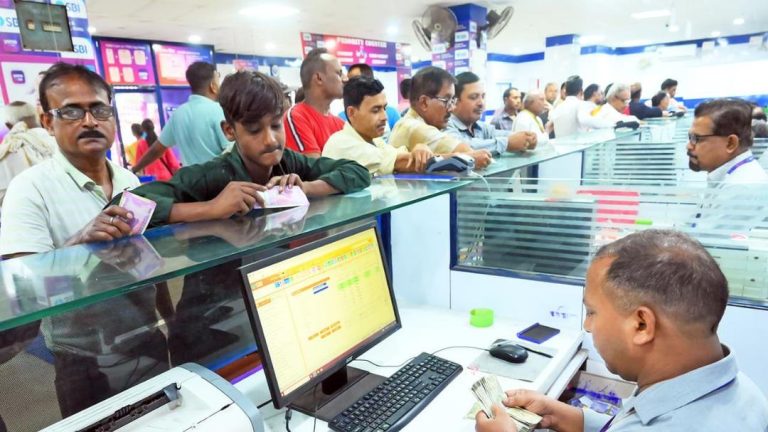
Why has the Nifty index remained flat for an entire year?
The Indian stock market has been experiencing a peculiar phenomenon over the past year – despite strong earnings from major firms, the Nifty 50 index has remained nearly unchanged. This stagnation is a far cry from the usual volatility that comes with economic fluctuations, and has left investors scratching their heads.
In this blog post, we’ll delve into the possible reasons behind this flat performance, exploring the impact of global cues, tariff threats, and subdued investor sentiment. We’ll also examine the role of the rupee’s recent decline and the anticipation surrounding the US Federal Reserve’s (Fed) next move.
Global Cues: A Major Headwind
One of the primary factors contributing to the Nifty’s flat performance is the uncertain global economic environment. The ongoing trade tensions between the US and several other nations, including China, have created a sense of unease among investors. The threat of tariffs and retaliatory measures has led to a decline in global trade, affecting India’s export-oriented industries.
The Indian rupee, which has been volatile in recent months, has slipped to a five-month low against the US dollar. This decline has increased the cost of imports, making it challenging for companies to maintain their profit margins. The weak rupee has also led to a surge in import costs, further pressuring profit margins.
Tariff Threats from the US
The US has been a significant market for Indian exports, particularly in the technology and pharmaceutical sectors. However, the US government’s recent threats to impose tariffs on Indian goods, including steel and aluminum, have created uncertainty among investors.
The Indian government has responded by imposing retaliatory tariffs on US goods, but the ongoing trade tensions have led to a decline in investor confidence. This uncertainty has resulted in a lack of enthusiasm among investors to take risks, leading to a flat performance in the Nifty index.
Subdued Investor Sentiment
Investor sentiment is another crucial factor that has contributed to the Nifty’s flat performance. The ongoing trade tensions and global economic uncertainty have led to a decline in investor confidence. Many investors are waiting for clearer cues from the global economy and the US Fed before making any significant investment decisions.
The recent decline in the rupee has also led to a surge in gold prices, which has resulted in a decline in investor interest in the equity market. The lack of enthusiasm among investors has resulted in a lack of liquidity in the market, contributing to the Nifty’s flat performance.
Anticipation Surrounding the US Fed
The anticipation surrounding the US Fed’s next move is another factor that is weighing on the Nifty index. The Fed has been gradually tightening monetary policy, and investors are waiting to see if the central bank will continue to raise interest rates in the coming months.
A rate hike could lead to a decline in the value of the rupee, making it more expensive for Indian companies to service their debt. This could lead to a decline in investor confidence, resulting in a further decline in the Nifty index.
Conclusion
The Nifty index’s flat performance over the past year is a complex issue, driven by a combination of global cues, tariff threats, and subdued investor sentiment. The recent decline in the rupee has added to the uncertainty, making it challenging for investors to make informed decisions.
As investors await cues from the US Fed, it’s essential to remain cautious and wait for clearer signs of economic stability. Only then can investors expect the Nifty index to break out of its flat performance and resume its upward trajectory.
Source: https://youtu.be/B1QNkhvP1w8




